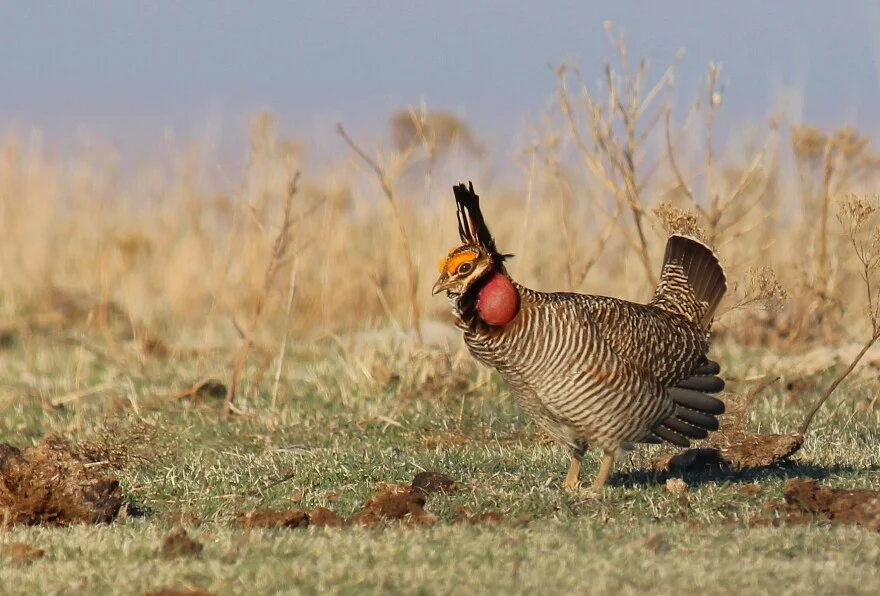
Trump Administration’s Controversial Move to Remove Protections for Kansas Bird
The recent actions of the Trump administration have once again ignited a heated debate regarding wildlife conservation in the United States. The administration is seeking to eliminate the protections for the lesser prairie chicken, a bird that has struggled to maintain its population amid threats from habitat loss and environmental degradation. This development is pivotal in the ongoing discourse about endangered species and their role in maintaining ecological balance.
The lesser prairie chicken has been classified between threatened and endangered over the years, primarily inhabiting the grasslands and brush of states like Kansas, Colorado, New Mexico, Texas, and Oklahoma. The region where this distinctive bird thrives is also a contested area for cattle grazing and fossil fuel extraction, raising questions about economic interests versus environmental responsibilities.
In an intricate court filing dated May 7, the Trump administration challenged a ruling made during the Biden era, claiming it was flawed in its classification process of the lesser prairie chicken. According to the filing, the U.S. Fish and Wildlife Service (USFWS) had erred in designating the bird's populations, which they assert calls into question the justification for its endangered status. This legal maneuver has sparked concern among conservationists and advocates alike.
Prominent conservation organizations, such as the Center for Biological Diversity, have expressed strong opposition to this decision. Jason Rylander, the legal director at the center’s Climate Law Institute, did not hold back in his criticism, stating, "The Trump administration is again capitulating to the fossil fuel industry, ignoring sound science and common sense, and dooming an imperiled species to extinction." Rylander’s comments underline the serious implications of removing protections under the Endangered Species Act, which aims to safeguard species at risk.
Experts argue that the lesser prairie chicken acts as an indicator species, reflecting the health of its grassland ecosystem. Its decline may symbolize larger environmental issues that resonate beyond its immediate habitat. The economic logic employed by the administration suggests that the chicken's habitat is sufficiently protected without its classified status, citing numerous conservation efforts in place. However, some voices challenge this perspective, claiming that economic gains should not come at the expense of biodiversity.
This ongoing saga raises critical questions about the balance between industry and conservation. As past legislative efforts to reverse the bird's status were vetoed by then-President Biden, the current initiative reflects a potential reversal in environmental policy that could have lasting implications on numerous species across the nation.
As this situation develops, it invites broader discussion about how we, as a society, prioritize ecological preservation against economic interests. Will we witness a continued trend toward prioritizing corporate gains over environmental stewardship? Or can we find ways to harmonize both interests for the well-being of all species? Share your thoughts and insights in the comments below.